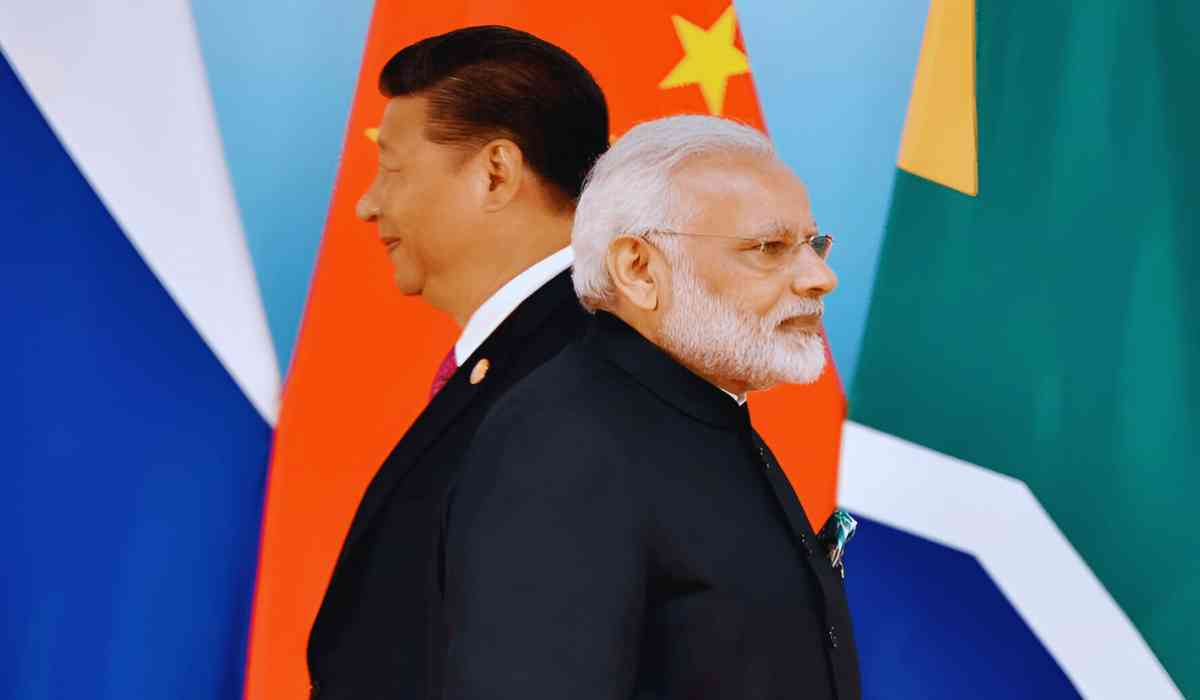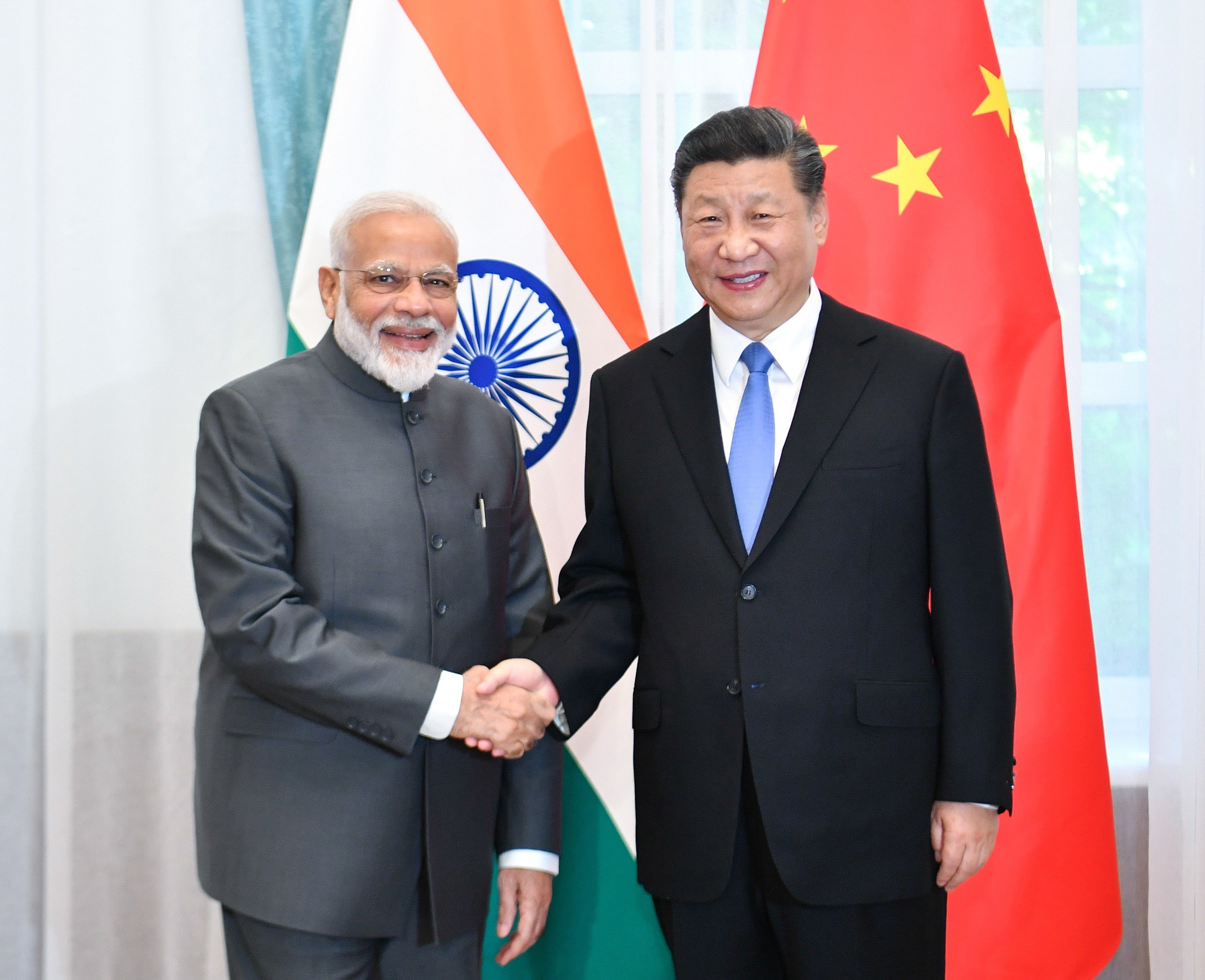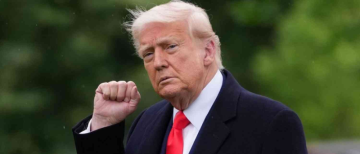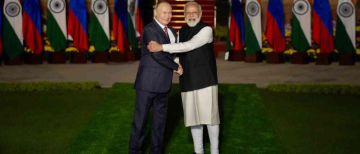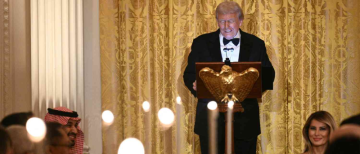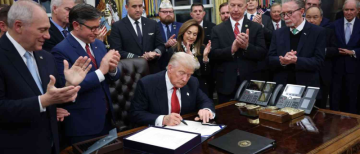India’s trade relationship with China has become increasingly complex, marked by a significant trade imbalance that poses challenges to the Indian economy. As of early 2025, India’s trade deficit with China is estimated at $85 billion, with imports from China reaching approximately $101.75 billion and exports totaling only $16.65 billion. This disparity highlights the urgent need for India to reassess its trade strategies and bolster domestic manufacturing capabilities to create a more balanced economic landscape.

Understanding the Trade Dynamics
Current Export Landscape
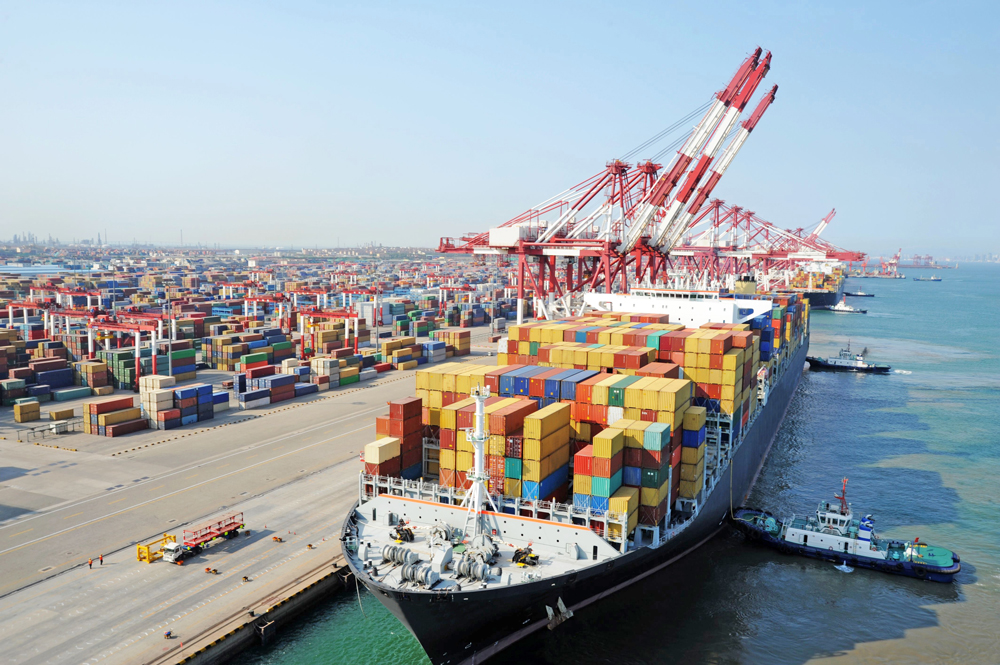
India's exports to China primarily consist of raw materials and semi-finished products. The key exports include:
- Iron Ore: India is one of the largest producers of iron ore, which is crucial for steel manufacturing.
- Cotton: A significant agricultural export, cotton is essential for the textile industry, which remains a cornerstone of India's economy.
- Copper and Aluminium: These metals are vital for various industries, including construction and electronics.
- Natural Gems: India is renowned for its diamond cutting and polishing industry, exporting a substantial amount of processed gems.
Despite these exports, they largely consist of low-value commodities, which limits India’s ability to generate higher revenue from trade.
Import Dependencies
In contrast, India's imports from China are dominated by high-value finished goods and components. Key imports include:
- Electronics and Electrical Equipment: This category includes smartphones, computers, and other consumer electronics that are integral to modern life.
- Machinery and Industrial Equipment: These imports support various sectors, including manufacturing and construction.
- Pharmaceutical Active Ingredients (APIs): A significant portion of India's pharmaceutical industry relies on Chinese APIs, highlighting a vulnerability in the supply chain.
- Organic Chemicals: Used in various industries, these chemicals are essential for production processes.
The high volume of imports from China not only contributes to the trade deficit but also raises concerns about India's reliance on a single country for critical goods.

The Imperative for "Make in India"
To address the growing trade imbalance, India must significantly enhance its "Make in India" initiative. Launched in 2014, this program aims to transform India into a global manufacturing hub. Here are several strategies that could be implemented:
1. Expanding Production-Linked Incentive (PLI) Schemes
The government should consider expanding the scope of PLI schemes beyond select sectors. By incentivizing local production across various industries—such as electronics, textiles, automotive, and renewable energy—India can attract both domestic and foreign investments. This would not only create jobs but also foster innovation and technological advancement.
2. Investing in Infrastructure Development
Infrastructure is the backbone of any manufacturing economy. To make "Make in India" successful, substantial investments in infrastructure are necessary:
- Transportation Networks: Developing efficient roadways, railways, and ports will facilitate the smooth movement of goods across states and internationally.
- Power Supply: Ensuring a reliable and affordable power supply is crucial for industries. Investment in renewable energy sources can also reduce dependence on fossil fuels.
- Logistics: Streamlining logistics through better warehousing facilities and technology-driven supply chain management will lower costs and improve efficiency.
3. Fostering Innovation through Research and Development
Encouraging R&D is vital for creating new products that can compete globally. The government can promote innovation by:
- Providing grants and funding for startups focusing on advanced technologies.
- Establishing partnerships between academia and industry to drive research initiatives.
- Creating innovation hubs where entrepreneurs can collaborate on developing cutting-edge technologies.

Strategic Reforms for 2025
As India moves toward 2025, several strategic reforms can help mitigate the trade deficit with China:
1. Diversifying Import Sources
To reduce dependency on China, India should actively seek to diversify its import sources:
- Establishing trade agreements with countries in Southeast Asia (like Vietnam and Thailand) can open new avenues for sourcing essential goods.
- Exploring partnerships with European nations can help secure high-quality machinery and technology imports.
2. Enhancing Export Competitiveness
Improving the quality and marketing strategies of Indian products abroad is crucial for increasing exports:
- Implementing quality control measures to meet international standards can enhance the reputation of Indian products.
- Utilizing digital marketing platforms to reach global consumers can expand market access for Indian goods.
3. Strengthening Diplomatic Relations
While it is important to maintain pragmatic relations with China, India should also engage in constructive dialogues to resolve trade barriers that hinder exports:
- Participating in multilateral forums can help address issues related to tariffs and non-tariff barriers imposed by China.
- Building alliances with other nations facing similar trade challenges can create a unified front in negotiations.
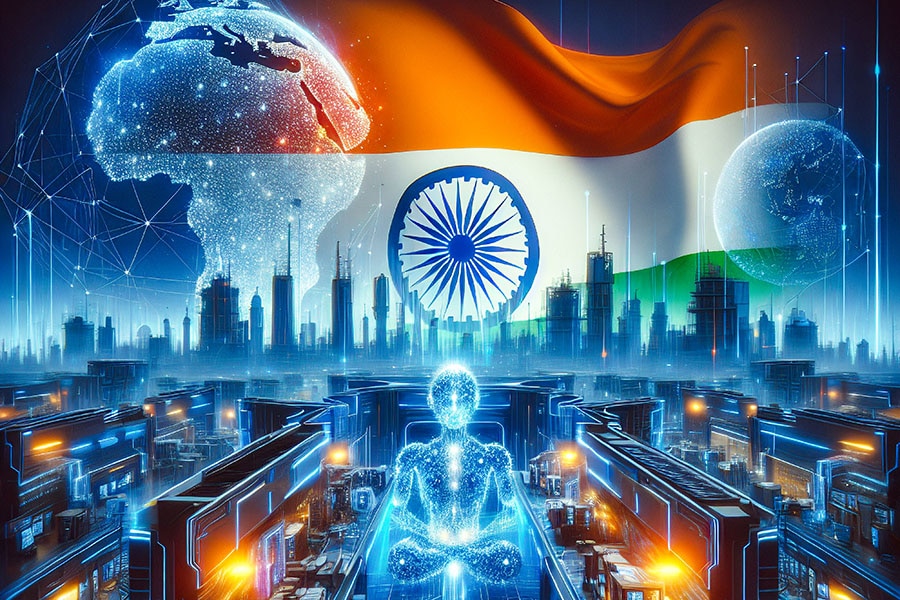
Embracing Technological Advancements
In addition to enhancing manufacturing capabilities, India must focus on embracing technological advancements such as Artificial Intelligence (AI). By 2025, AI could play a transformative role in various sectors:
1. AI in Manufacturing
Integrating AI into manufacturing processes can lead to increased efficiency and productivity:
- Smart factories equipped with AI-driven automation can optimize production lines, reduce waste, and lower costs.
- Predictive maintenance powered by AI can minimize downtime by anticipating equipment failures before they occur.
2. AI in Agriculture
Given that agriculture employs a significant portion of India's workforce, leveraging AI can enhance productivity:
- Precision farming techniques using AI can optimize resource use (water, fertilizers) while maximizing crop yields.
- AI-driven analytics can provide farmers with insights on market trends, helping them make informed decisions about planting and selling crops.
3. AI in Services Sector
The services sector is another area where AI can drive growth:
- In IT services, AI can enhance software development processes through automation and improved data analysis.
- Customer service operations can benefit from AI-powered chatbots that provide efficient support while reducing operational costs.
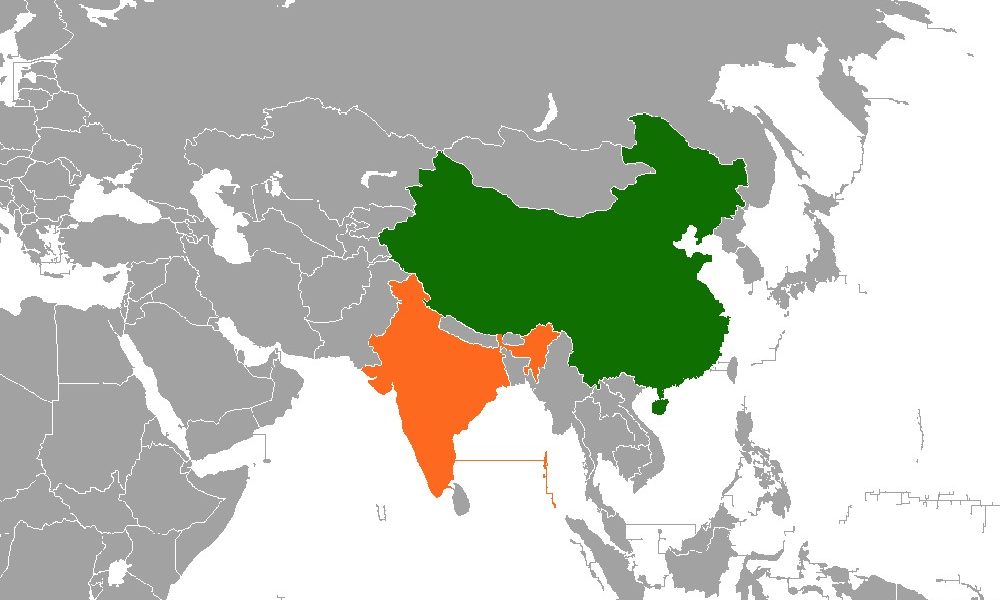
Conclusion
The current trade imbalance with China presents both challenges and opportunities for India as it aims for economic growth by 2025. By implementing robust policies under the "Make in India" initiative, investing in infrastructure development, diversifying import sources, enhancing export competitiveness, fostering innovation through technology like AI, and strengthening diplomatic relations, India can work towards reducing its dependency on Chinese imports while enhancing its global trade position.The upcoming Union Budget 2025 will be pivotal in determining how effectively these strategies can be put into action. With concerted efforts from both the government and private sectors, India has the potential to transform its economic landscape into one that is more self-reliant and resilient against external shocks while fostering sustainable growth for years to come.
Inputs by Agencies
Image Source: Multiple Agencies
Ⓒ Copyright 2024. All Rights Reserved Powered by Vygr Media.

